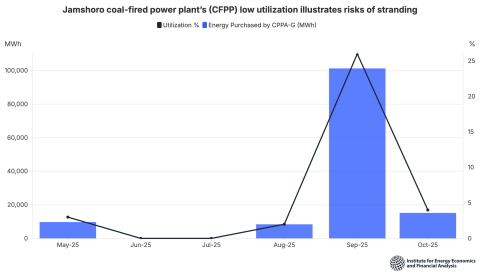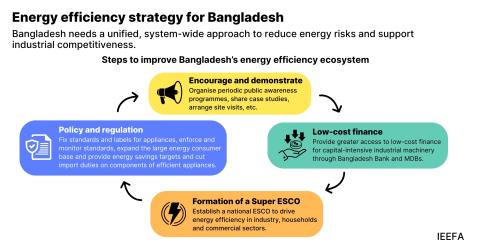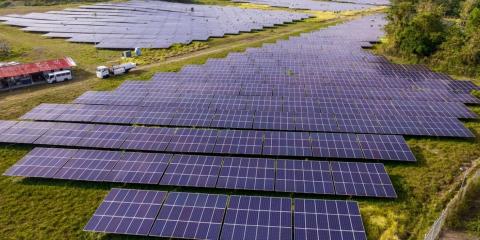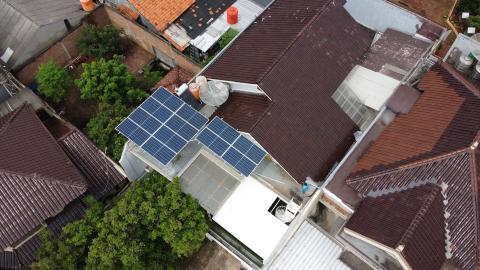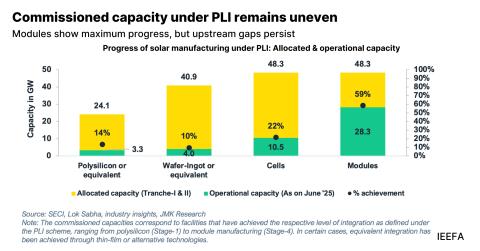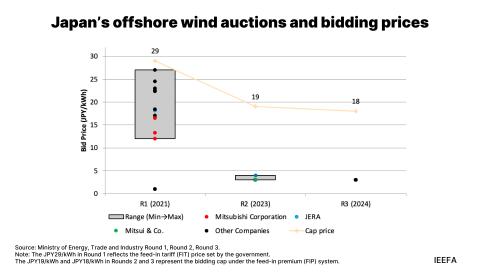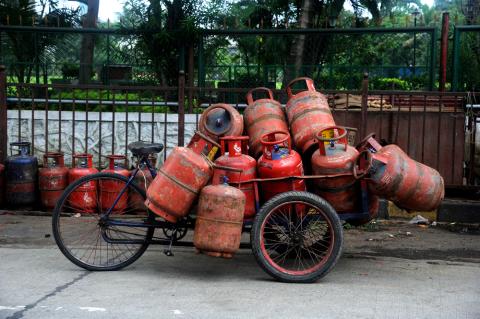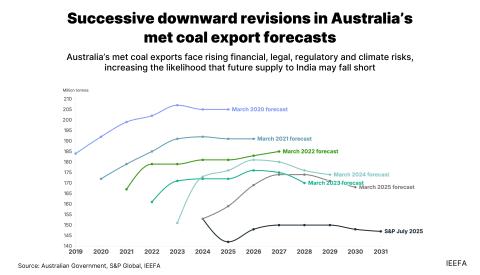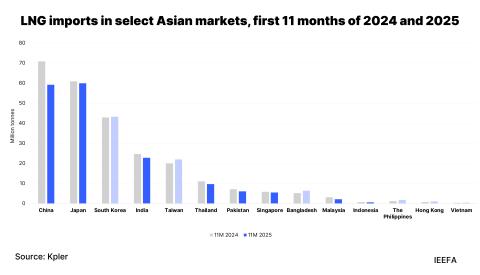
Key Findings
Pakistan’s 3.6-gigawatt (GW) buildout of imported coal plants, fast-tracked under the China‑Pakistan Economic Corridor (CPEC), eased load shedding but created expensive take-or-pay liabilities. Weak industrial growth, falling demand, and rising rooftop solar have reduced utilization to under 20% for plants like the Sahiwal Coal-Fired Power Plant (CFPP), while capacity payments inflate circular debt.
Early retirement of Sahiwal CFPP is economically viable within a USD0.4–1.5 billion compensation range, with modest 5–10 year acceleration scenarios. This could cost under USD100 million, compared to USD5 billion in continued capacity payments through 2046.
Two primary pathways identified for Sahiwal CFPP’s early closure are: an upfront buyout, compensating owners for foregone future cash flows in a lump-sum settlement, or a negotiated Return on Equity (ROE) reduction to accelerate equity value. Redirecting upfront buyout funds into coal-to-clean projects could benefit both investors and the government.
The Sahiwal CFPP’s early retirement could avoid 27–38 million tonnes of carbon dioxide emissions over a 10-year reduction scenario. It could create a replicable model for the accelerated closure of other CFPPs and ensure access to funds through climate and transition finance from the West as well as China.
Executive Summary
Pakistan’s drive to end widespread load shedding between 2014 and 2018 relied on a rapid buildout of imported coal power plants, financed through the China‑Pakistan Economic Corridor (CPEC). Nine projects with a total capacity of 10.4 gigawatts (GW), backed by sovereign guarantees and dollar‑indexed tariffs, were fast‑tracked as “early harvest” ventures. By 2019, the strategy had alleviated shortages but created a new dilemma. Expensive take‑or‑pay contracts dominated the generation mix just as domestic demand, industrial output, and grid-connected rooftop solar reduced imported coal’s dispatch. Consequently, average plant utilization across the imported coal fleet fell in the financial year (FY) 2024, while capacity payments for idle assets continued to inflate Pakistan’s circular debt.
The 1,320-megawatt (MW) Sahiwal Coal-Fired Power Plant (CFPP) exemplifies this challenge. Commissioned in October 2017 by Huaneng Shandong Ruyi Energy under a thirty‑year power purchase agreement, the plant is entitled to a 27.2% Return on Equity (ROE) and a 50% minimum off-take, both underwritten by Pakistan’s federal government. Nearly a decade of debt service later, utilization of the imported CFPP has dropped to below 20% as cheaper distributed solar supply and stagnant industrial demand have eroded grid dispatch. Meanwhile, accumulated receivables from the single‑buyer market exceed PKR82.7 billion (bn), straining liquidity. These conditions make Sahiwal a logical pilot for accelerated retirement as debt amortization is nearly complete, equity profits dominate, and ongoing payments impose rising fiscal stress without proportional public benefit.
This report analyzes the potential for Sahiwal CFPP’s early retirement by modeling various buyout and renegotiation scenarios to determine the cost, practicality, and optimal timeline for shutdown. It also examines global and regional examples of accelerated coal retirement. The analysis determines whether Pakistan can draw guidance from state-driven mandates for coal phaseouts such as those in Germany and the United Kingdom (UK). It also explores Energy Transition Mechanisms (ETMs), including those for the South Luzon Thermal Energy Corporation (SLTEC) coal plant in the Philippines and the Cirebon-1 coal plant in Indonesia.
Pakistan’s unique fiscal and contractual obligations and macroeconomic challenges complicate replicability. Nevertheless, suitable options are available that could accelerate early plant closure while preserving investor equity.
Read the fact sheet: Establishing replicable coal retirement model in Pakistan





